Peppermint: The Survival Herb You Didn’t Know You Needed
August 27th, 2022
5 minute read
We’ve talked before about the need for a well-prepared home to have an herbal medicine cabinet. Not only is it a fantastic back-up in a disaster scenario, but for many it’s a good alternative to traditional medicine as part of a holistic approach.
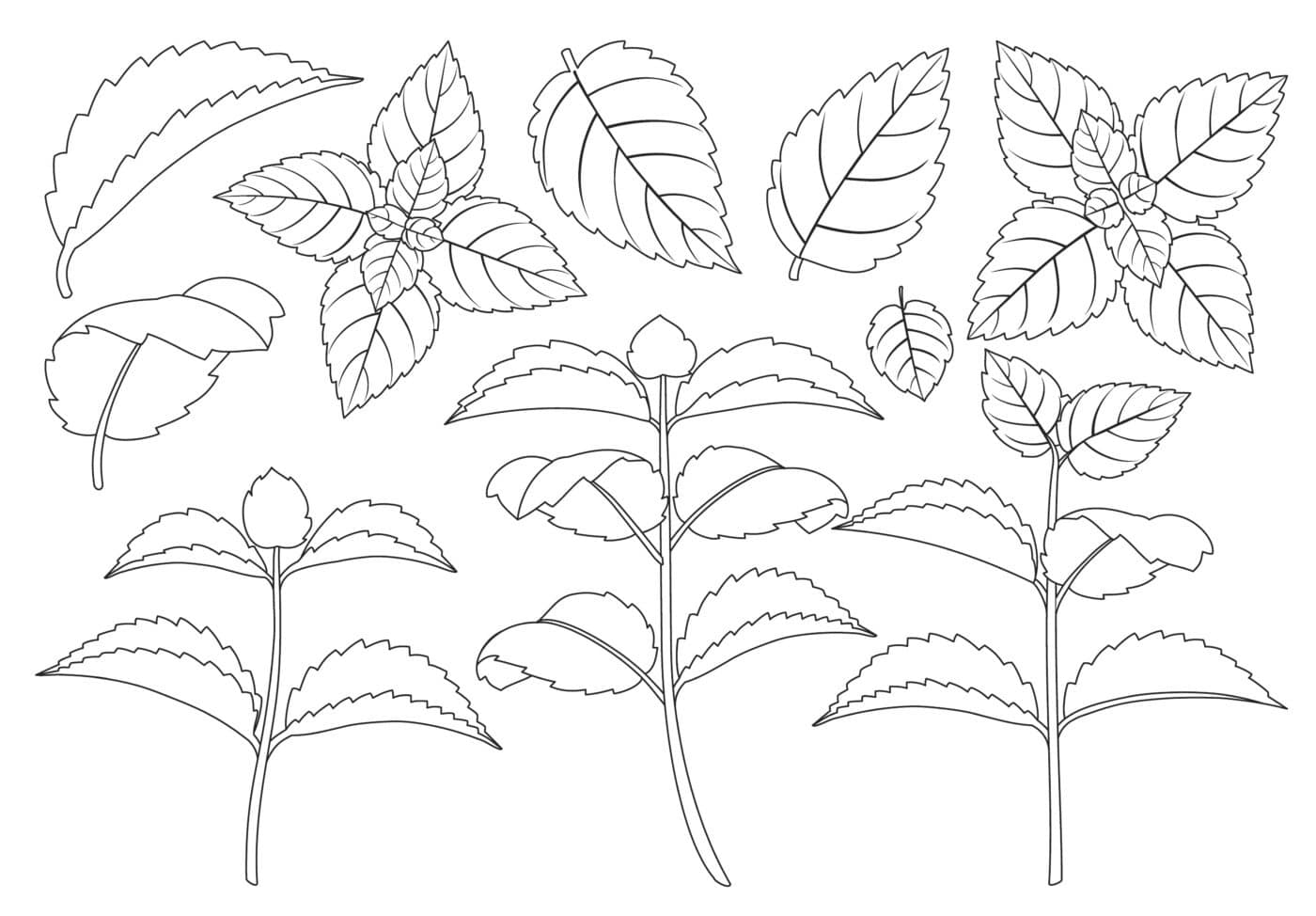
It’s easy to say that people should have herbs around, but how do you start? How do you know what ones to use, what to use them for, and how much? That’s what this article and others like it to come is for — to give you the tools to confidently use herbs effectively. (Note: This article cannot and should not take the place of medical advice from your health practitioner.)
What Is Peppermint?
Mentha piperita, as it’s known in the scientific world, is the Western variety of peppermint. It’s one of the oldest herbs in medicine, used by the Greeks and Romans in ancient times. It’s been shown to relax your digestive muscles, relieving cramps and calming abdominal pain.
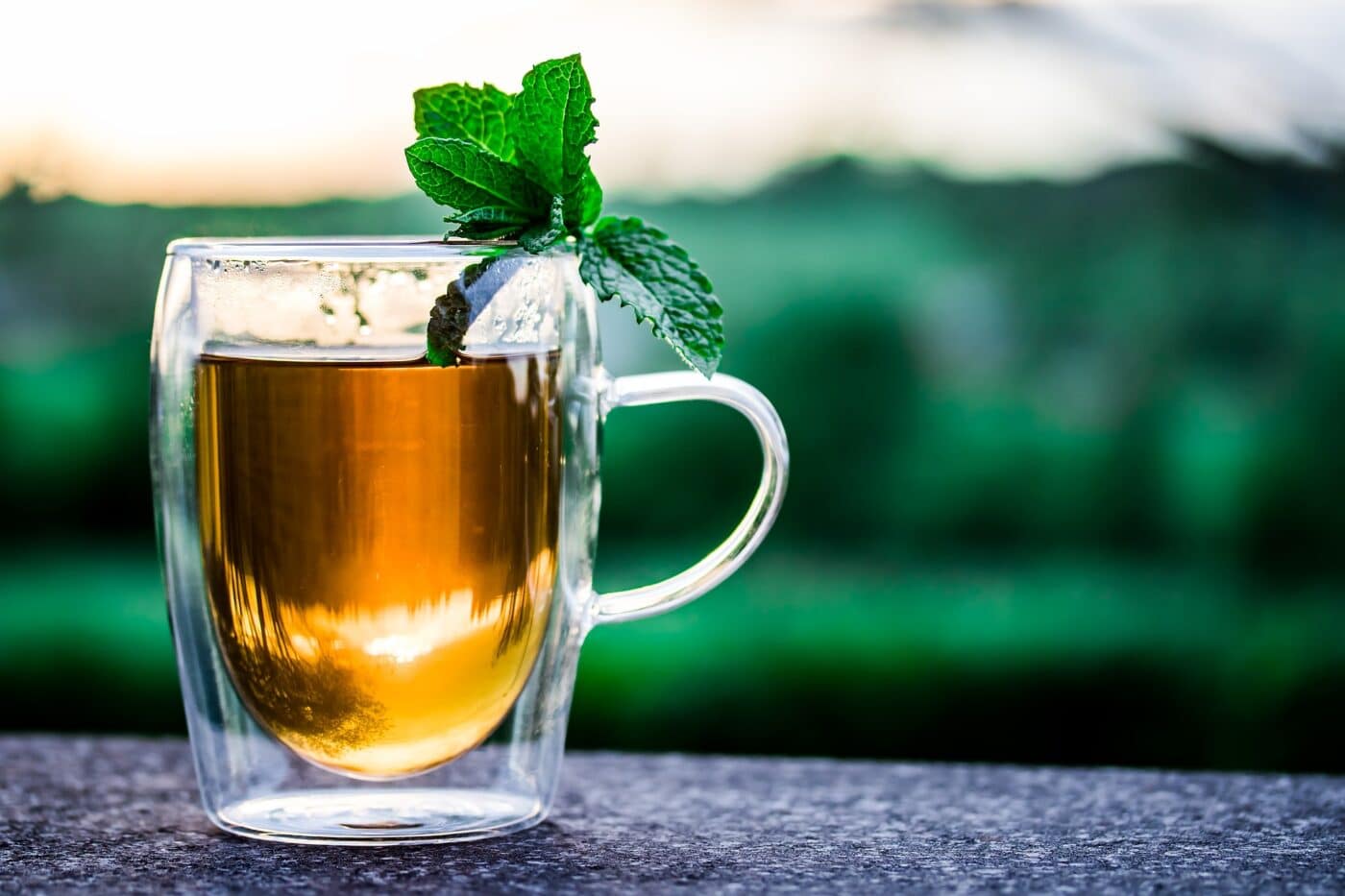
It spreads readily; if you do decide to grow it for yourself, consider putting it in a nice big container. It tends to take over gardens if allowed to grow freely. It grows best in a window with partial sun and partial shade and loves plenty of water.
It’s easy to grow with minimal effort, and can be harvested over and over, making it a fantastic plant to keep around as a living pharmacy that’s always ready to use year-round. You can dry the leaves in a dehydrator or even laid out on parchment paper in a 170-degree oven for at least four hours.
Now let’s talk about how to go about using it as medicine!
A Gut Reaction
In 2014, researchers found in a placebo-controlled trial of 726 patients that peppermint oil was “significantly superior to placebo” for improvement of irritable bowel syndrome (IBS) symptoms. Even better news was that the side effects were “mild and transient in nature,” usually being temporary heartburn.
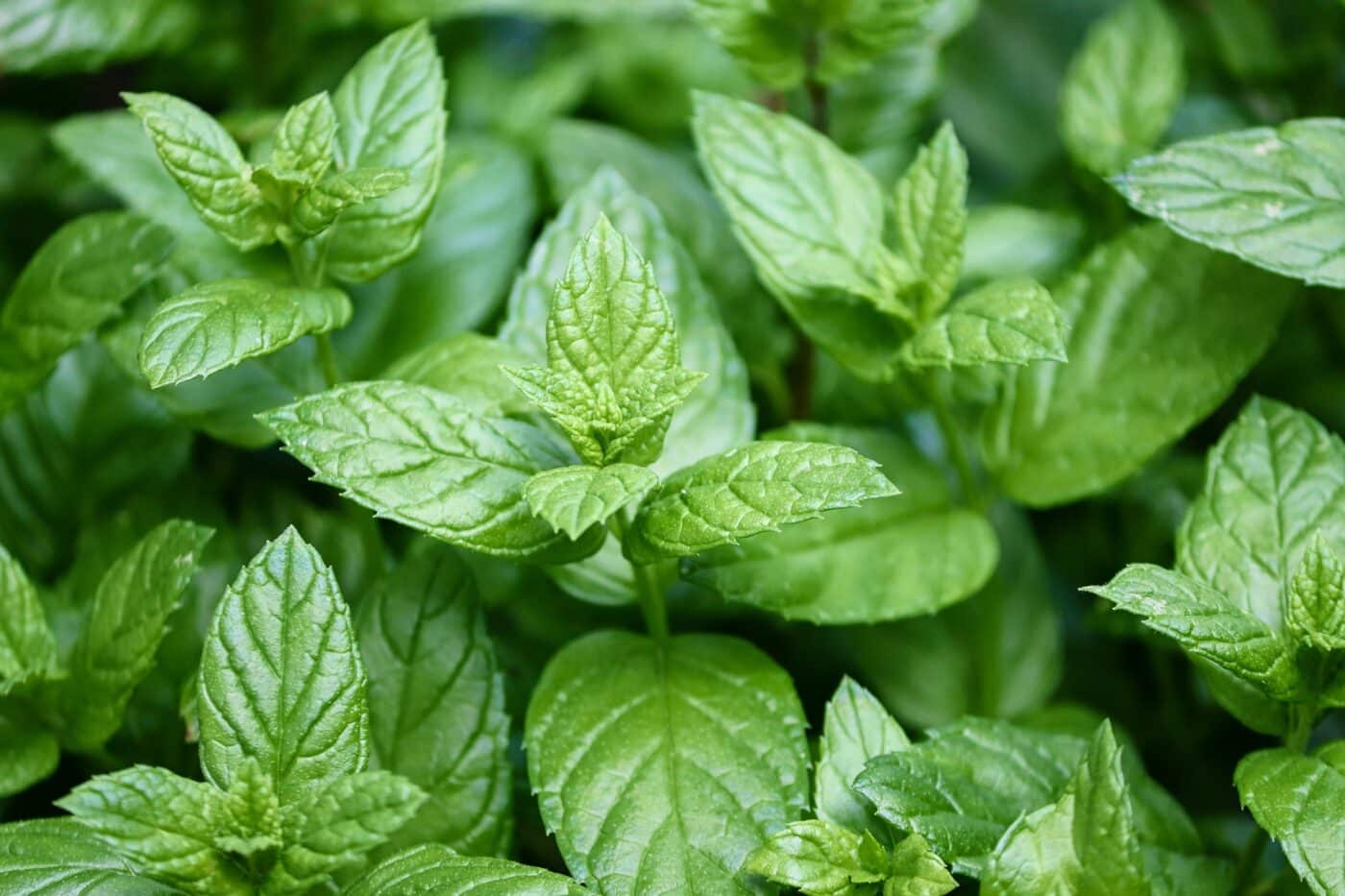
Another 1996 study of IBS, outlined in the Physician’s Desk Reference of Herbal Medicine, found that 42% of patients were pain-free after only two weeks. While peppermint certainly can’t replace a disease management program, it’s been shown repeatedly to be adept at helping with the symptoms.
Upset Stomach
Even if you don’t have a chronic problem like IBS, peppermint can help with the occasional stomachache or bout of nausea. Peppermint capsules given to 200 chemotherapy patients in one study reduced the frequency and severity of nausea and vomiting.
Migraines
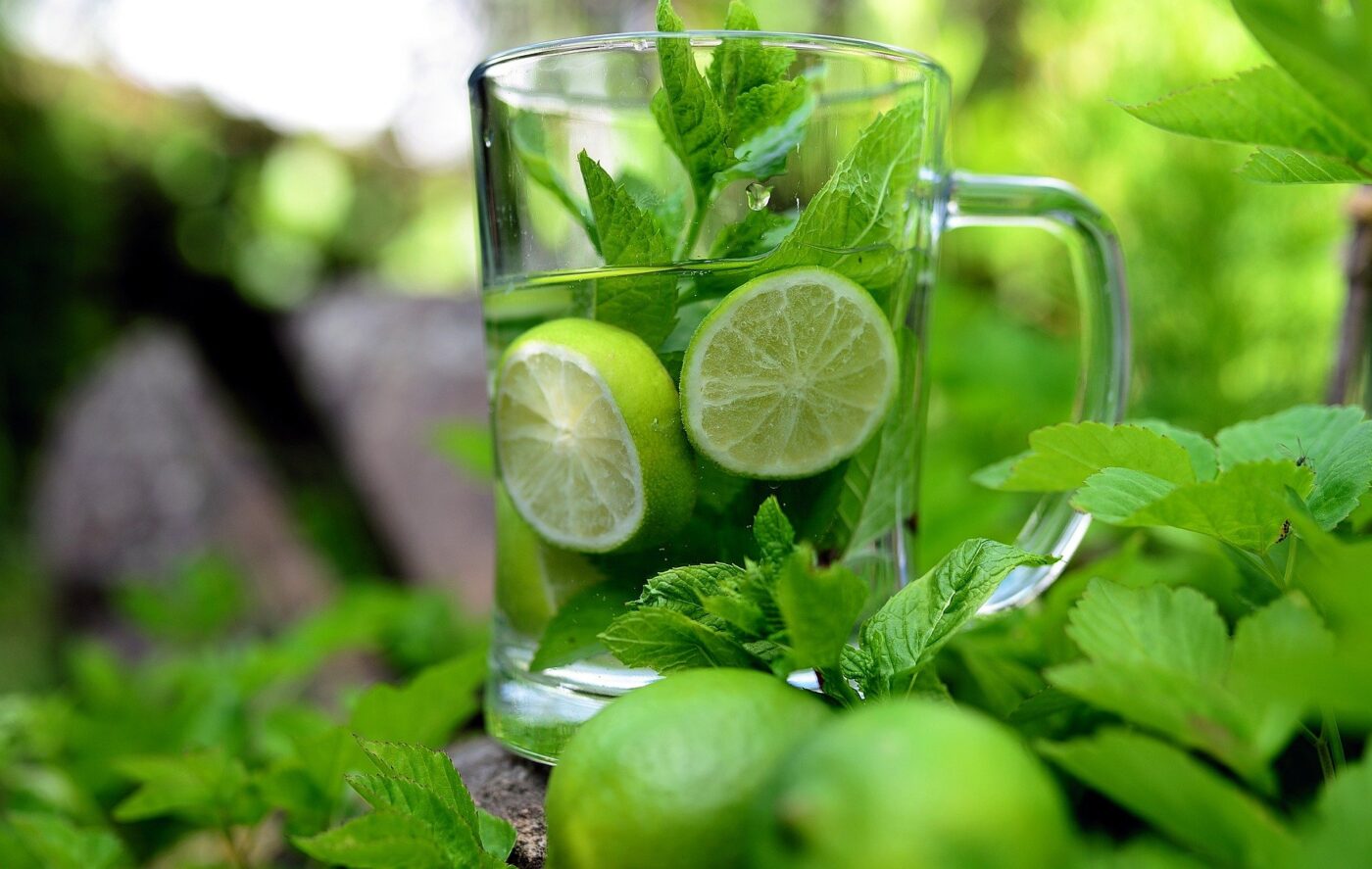
Peppermint can act as a relaxant and pain reliever for sufferers of migraines and headaches. In fact, one study found that applying peppermint oil to the forehead was just as effective as 1,000 milligrams of acetaminophen (Tylenol).
Sinus Congestion
If all of the above effects aren’t enough to convince you of peppermint’s importance in an herbal medicine cabinet, consider that it’s a fantastic antimicrobial; its active ingredient, menthol, can help clear up congestion and help you breathe easier.
Modes of Peppermint Use and Dosages
Peppermint can be taken in a variety of ways, many of them easily prepared at home. If you have a plant, you can use dried or fresh leaves to make a tea. This is often most effective on one-off instances of stomachache or nausea. Use one teaspoon of leaves per each ½ cup of boiling water, and steep for about 10 minutes before straining. While many people like the taste of peppermint tea as is, others prefer to add a bit of honey for sweetness. You can also buy peppermint tea already pre-packaged if you prefer. Maximum dosage, according to the herbal PDR, is three to four cups of tea per day, but I’ve found that in most cases, one cup is quite effective.
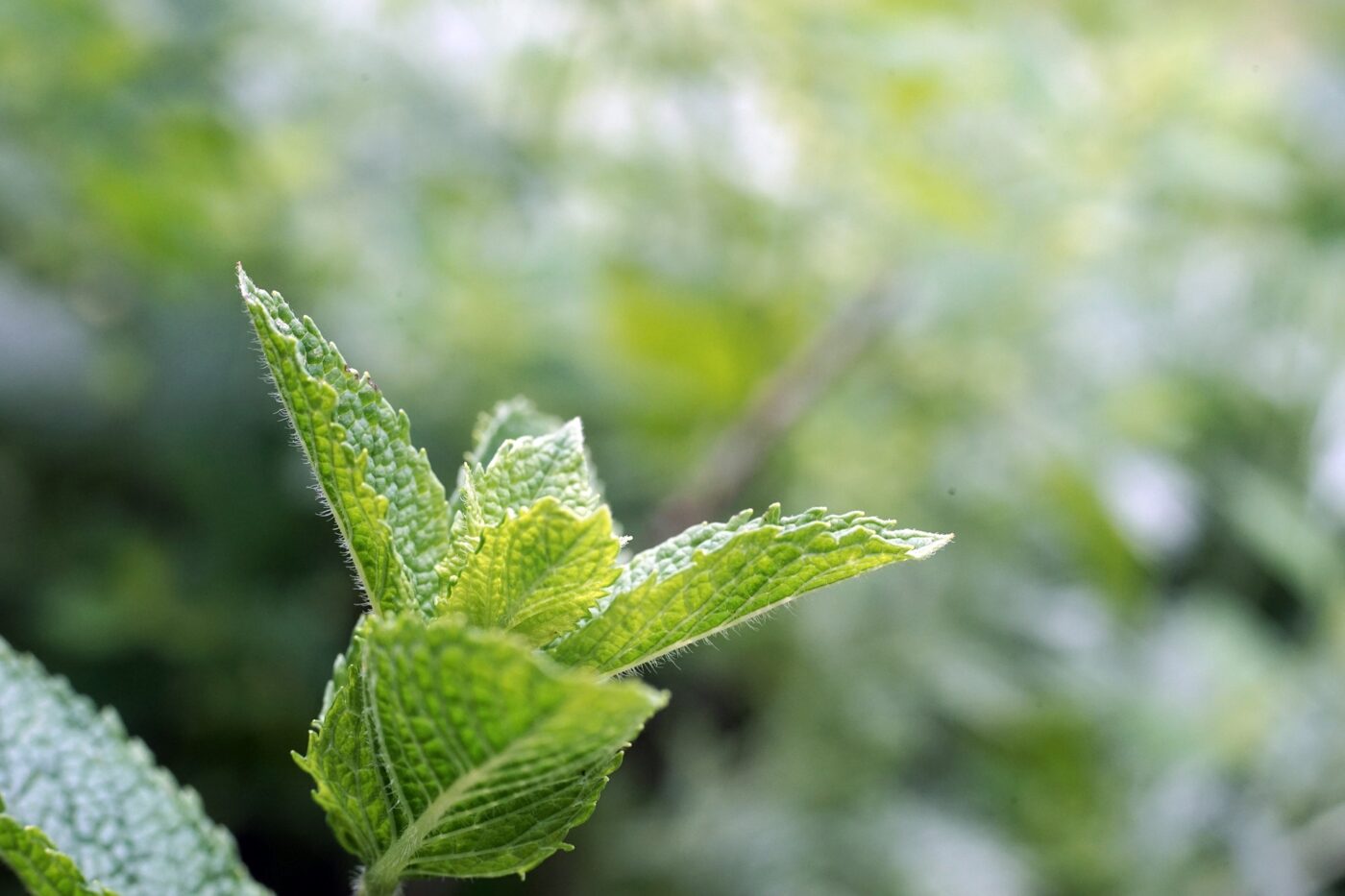
Capsules are also a great way to take peppermint. You can buy them in health food stores or make them yourself with gelatin capsules, filled with your dried leaves. If you choose to make the capsules yourself, make sure to weigh the leaves to ensure a consistent dose in each. Don’t take more than 3-6 grams per day.
If you choose to use peppermint essential oil, such as during a headache or for congestion, use a maximum of eight drops per day. For a headache, rub a few drops on your temples or forehead. For congestion, put a drop or two in a bowl of steaming hot water and put your face over the bowl with a towel over your head to trap the steam.
Note: Peppermint is contraindicated by gallstones, so if you have issues with stones in your gallbladder, avoid using this herb.
Conclusion
Peppermint is a versatile, powerful plant that serves as a foundational herb for any natural pharmacy. Whether you choose to use oils, buy dried bulk herb, or grow it yourself, buy the best quality you can find. Make sure to store your stock appropriately, in airtight containers out of sunlight.
I keep our peppermint in several forms; I have peppermint oil for headaches and congestion, but I also grow my own plant for use in making capsules and teas. In fact, it’s one of the most-used herbs in our home.
Have you used peppermint effectively? What’s your go-to way of using it?
Editor’s Note: Be sure to check out The Armory Life Forum, where you can comment about our daily articles, as well as just talk guns and gear. Click the “Go To Forum Thread” link below to jump in!
Join the Discussion
Continue Reading
Did you enjoy this article?

 88
88






